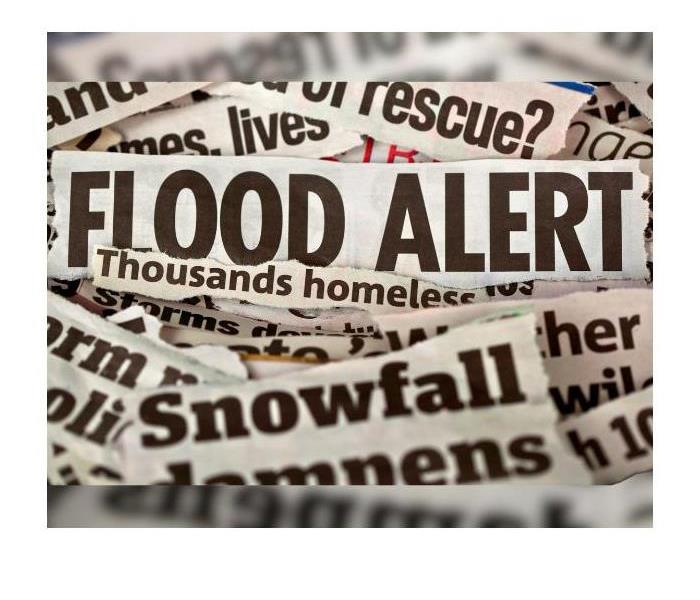5 Essential Tips to Minimize Flood Risks in Your Colorado Springs Home
5/18/2024 (Permalink)
Living in Colorado Springs offers an idyllic blend of mountainous landscapes and urban amenities. However, the region's geography, characterized by its proximity to the Rocky Mountains, also brings the risk of flooding, particularly during the spring and summer months when snowmelt and heavy rains are common. To safeguard your home and loved ones from potential flood damage, here are five essential tips to reduce flood risks in your Colorado Springs residence.
1. Understand Your Property's Flood Risk:
Before implementing any flood mitigation measures, it's crucial to understand the specific flood risk your property faces. Colorado Springs residents can utilize FEMA's Flood Map Service Center or consult local authorities to determine whether their property lies within a floodplain or high-risk zone. Identifying the flood risk level enables homeowners to tailor their mitigation strategies accordingly. Even properties outside designated flood zones can still be susceptible to localized flooding, so it's essential to assess drainage patterns, nearby water bodies, and historical flood data.
2. Invest in Flood Insurance:
While standard homeowners' insurance policies typically don't cover flood damage, purchasing flood insurance through the National Flood Insurance Program (NFIP) can provide invaluable financial protection. Given Colorado Springs' vulnerability to flash floods and heavy precipitation, securing flood insurance is a proactive step towards mitigating the financial impact of flood-related losses. It's important to note that there is typically a 30-day waiting period before flood insurance policies take effect, so don't wait until the last minute to secure coverage.
3. Implement Property-Level Flood Mitigation Measures:
Retrofitting your home with flood-resistant features can significantly reduce the risk of damage during flooding events. Start by elevating utilities such as HVAC systems, electrical panels, and water heaters above potential flood levels. Consider installing flood vents in your foundation to equalize hydrostatic pressure and minimize structural damage. Additionally, seal basement walls with waterproof coatings and install sump pumps to mitigate groundwater intrusion. Landscaping modifications, such as grading away from the foundation and installing rain gardens or French drains, can help redirect surface water away from your home.
4. Maintain Drainage Systems and Gutters:
Proper maintenance of drainage systems and gutters is essential for preventing water from pooling around your property and infiltrating your home. Clear debris, leaves, and sediment from gutters and downspouts regularly to ensure unobstructed water flow. Extend downspouts away from the foundation to direct rainwater at least five feet away from your home's perimeter. Check and clean storm drains, culverts, and ditches on your property to prevent blockages that could exacerbate flooding during heavy rainfall. Consider installing gutter guards to minimize debris buildup and streamline maintenance efforts.
5. Stay Informed and Prepared:
Knowledge is key to effectively managing flood risks. Stay informed about weather forecasts, flood warnings, and emergency evacuation procedures provided by local authorities. Sign up for emergency alerts and consider investing in a NOAA Weather Radio for real-time updates during severe weather events. Develop a comprehensive emergency preparedness plan for your household, including evacuation routes, communication protocols, and emergency supply kits. Keep important documents, such as insurance policies and personal identification, in a waterproof and easily accessible container. Conduct regular drills to ensure everyone in your household knows what to do in the event of a flood.
In conclusion, reducing flood risks in your Colorado Springs home requires a proactive and multi-faceted approach. By understanding your property's flood risk, investing in flood insurance, implementing property-level mitigation measures, maintaining drainage systems, and staying informed and prepared, you can minimize the potential impact of flooding on your home and family. While it's impossible to eliminate all flood risks entirely, taking these steps can significantly enhance your resilience and peace of mind in the face of nature's unpredictability.



 24/7 Emergency Service
24/7 Emergency Service
